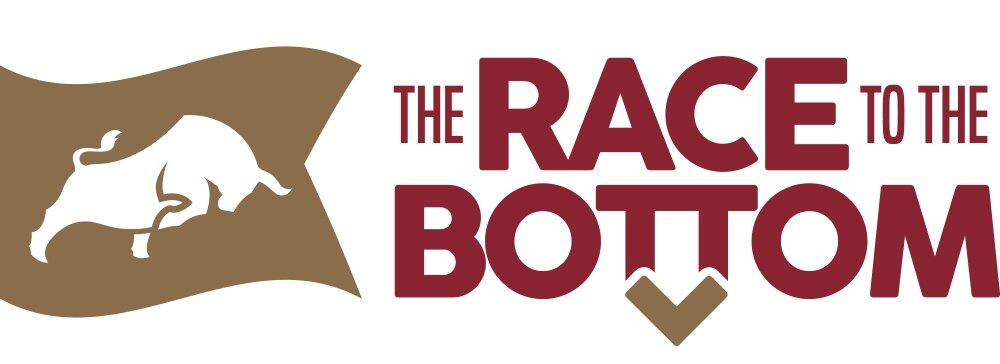AIG and the Odds of Dispassionate Reversal
In Starr International v. US, 2015 WL 3654465, Court of Federal Claims, June 15, 2015, the trial of AIG lasted 37 days. One has to wonder why. The court clearly viewed the deal received by AIG as harsh, singling out the insurance company for unique and arbitrary treatment. As the court reasoned:
- The weight of the evidence demonstrates that the Government treated AIG much more harshly than other institutions in need of financial assistance. . . . Other major institutions, such as Morgan Stanley, Goldman Sachs, and Bank of America, encountered similar liquidity shortages. Thus, while the Government publicly singled out AIG as the poster child for causing the September 2008 economic crisis (Paulson, Tr. 1254–55), the evidence supports a conclusion that AIG actually was less responsible for the crisis than other major institutions. The notorious credit default swap transactions were very low risk in a thriving housing market, but they quickly became very high risk when the bottom fell out of this market. Many entities engaged in these transactions, not just AIG. The Government's justification for taking control of AIG's ownership and running its business operations appears to have been entirely misplaced. The Government did not demand shareholder equity, high interest rates, or voting control of any entity except AIG. Indeed, with the exception of AIG, the Government has never demanded equity ownership from a borrower in the 75–year history of Section 13(3) of the Federal Reserve Act.
But those conclusions did not require a trial. The treatment of AIG relative to the commercial banks was readily apparent on the first day the trial began. The trial did allow the court to conclude that the treatment had “no legitimate purpose”.
- The Government's unduly harsh treatment of AIG in comparison to other institutions seemingly was misguided and had no legitimate purpose, even considering concerns about “moral hazard.” The question is not whether this treatment was inequitable or unfair, but whether the Government's actions created a legal right of recovery for AIG's shareholders.
But in the end, the holding seems to be that the government lacked the authority to take an equity stake in and run, the company.
- there is nothing in the Federal Reserve Act or in any other federal statute that would permit a Federal Reserve Bank to take over a private corporation and run its business as if the Government were the owner. Yet, that is precisely what FRBNY did. It is one thing for FRBNY to have made an $85 billion loan to AIG at exorbitant interest rates under Section 13(3), but it is quite another to direct the replacement of AIG's Chief Executive Officer, and to take control of AIG's business operations. A Federal Reserve Bank has no right to control and run a company to whom it has made a sizable loan. As FRBNY's outside counsel from Davis Polk & Wardwell observed on September 17, 2008 in the midst of the AIG takeover, “the [government] is on thin ice and they know it. But who's going to challenge them on this ground?” PTX 3283, Davis Polk email. Answering this question, the “challenge” has come from the AIG shareholders, whom the Government intentionally excluded from the takeover process.
Thus, because the Fed's actions were not authorized, the action was “illegal.” One has to wonder, however, whether the legal conclusion was influenced by the judge's distaste over the government's actions. If the case is appealed, the appellate court will reconsider the legal analysis, presumably in a dispassionate manner. The appellate court may well disagree (certainly Justice has indicated disagreement) and, if it does, will reverse, the 37 day trial and the "unduly harsh" treatment notwithstanding.
